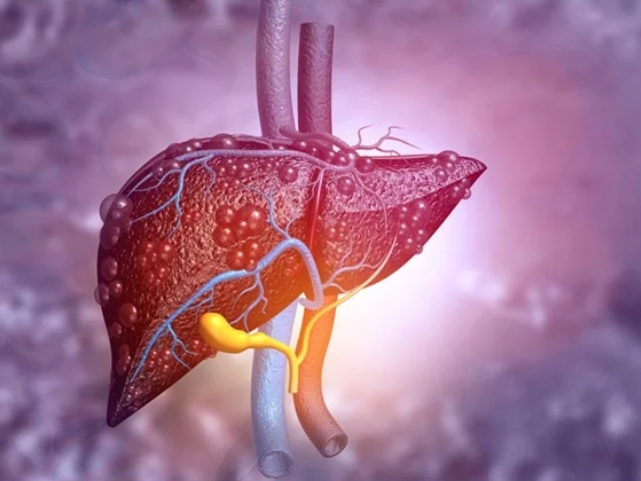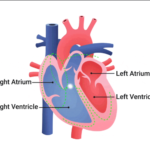Early detection is key to limit damage to this vital organ of liver disease
Liver disease, also called hepatic disease, is a leading cause of death – including cancer death – in the U.S.
The rates also appear to be increasing. In total, according to the Centers for Disease Control and Prevention, 4.5 million adults in the U.S. – about 2% – have been diagnosed with chronic liver disease, resulting in 41,743 deaths in 2017, the latest annual data provided by the agency. And experts say the problem is ballooning.
The epidemic of diabetes and obesity in the United States is primarily to blame for the rising number of people suffering from cirrhosis and chronic liver disease, according to Dr. Nezam Afdhal, chief of the division of gastroenterology, hepatology, and nutrition at Beth Israel Deaconess Medical Center in Boston.
Also read-Hepatitis C : A Patient’s Guide To Hepatitis C And Its Symptoms
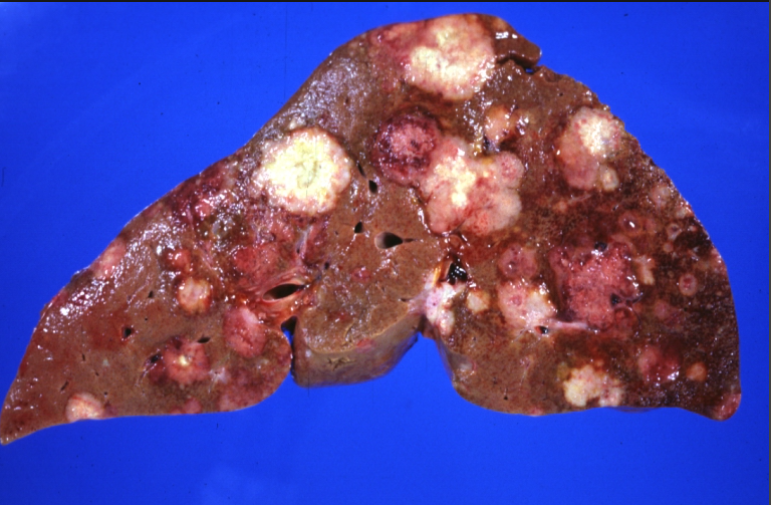
The number of people with liver disease is also rising as the population ages.
Dr. Richard Gilroy, medical director of hepatology and liver transplantation at Intermountain Healthcare in Salt Lake City, says, “I think we have a tsunami approaching us,” in reference to the rising rates of liver disease, including nonalcoholic fatty liver disease, or NAFLD.
Types of liver disease
The liver is a heavyweight organ in terms of weight as well as its numerous essential functions. It is heavier than three pounds. The wedge-shaped organ is located in the upper right abdomen and serves a variety of purposes, such as filtering everything we eat and drink, detoxifying chemicals in the blood, and helping the body break down drugs. In most cases, the organ sustains significant damage gradually over several years. This is referred to as chronic liver disease, and it can cause chronic liver failure as well as cirrhosis, or severe liver scarring. Cirrhosis has killed 65% more Americans since the year 2000, according to research published in the BMJ. 34,174 Americans lost their lives to this liver disease complication in 2016, the most recent year for which statistics are available, compared to 20,661 in 1999. Rarely, acute liver failure can result from acute liver disease, which manifests as an abrupt illness. That is to say, the liver can stop working in as little as two days. For instance, an overdose of drugs, most frequently acetaminophen (Tylenol), may be the cause of this.
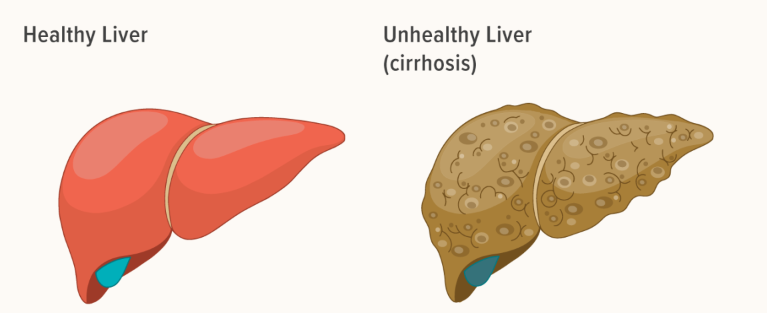
Causes
The causes of liver disease are widely varied, but can include:
- Obesity.
- Diabetes.
- Alcohol overuse and abuse.
- Hepatitis A, B and C.
- Immune system problems.
- Genetics.
So, for example, fat, a virus or alcohol or other toxins destroy liver cells, resulting in inflammation. “And that inflammation over time results in scarring of the liver, which can lead to chronic liver damage or liver failure if it persists long enough untreated,” says Dr. James Trotter, medical director of liver transplant and head of the hepatology section at Baylor University Medical Center in Dallas.
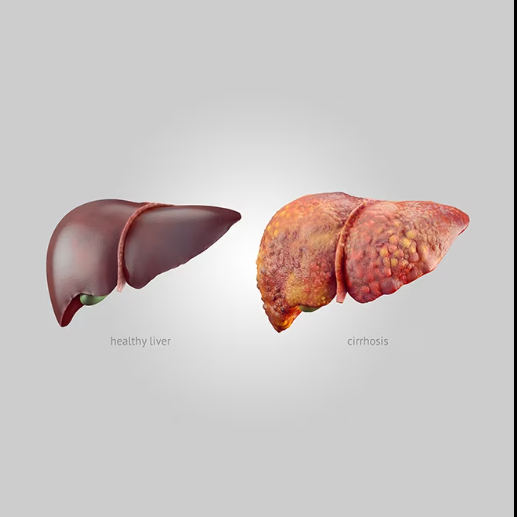
Symptoms
Similar to other physiological conditions like high blood pressure that can subtly negatively impact a person’s health, liver disease typically shows no symptoms in its early stages. Usually, there would be no visible symptoms or warning indications of a problem. “The first thing and the most scary thing is that liver disease is often silent,” Afdhal says. You don’t know you have the problem until it progresses dangerously. “As the damage builds over time, you’re usually not symptomatic,” he says, “and then all of the sudden you develop symptoms of chronic liver disease.” One symptom that may lead to a doctor’s appointment earlier and a discovery of liver disease, however, is chronic fatigue, or extreme tiredness. But because of the general nature of the symptom, this may be overlooked as well.
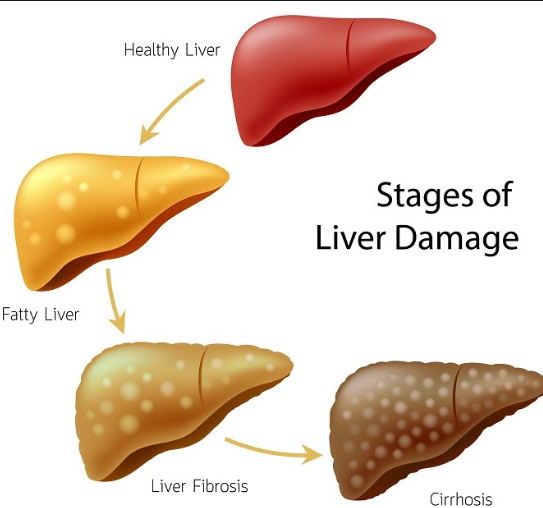
Other symptoms of liver disease are:
- Jaundice – yellow skin or eyes.
- Pale colored poop or black tarry stool.
- Dark colored urine.
- Abdominal pain or swelling called ascites.
- Leg swelling.
- Loss of appetite.
- Unexplained weight loss.
- Nausea and vomiting.
- Bruising easily.
- Confusion.
Diagnosis
In optimal circumstances, liver disease is diagnosed before it’s advanced to the point where a person is experiencing symptoms. Unfortunately that’s frequently not the reality. “Identifying a liver disease at an early asymptomatic stage, where you can change what happens in the future … is incredibly important,” says Dr. Alan Gunderson, medical director of digestive health clinics and liver transplantation with University of Iowa Health Care. Doing so, clinicians say, provides a critical opportunity to intervene early on, which can greatly improve outcomes. Blood tests done for routine health checkups sometimes pick up on liver disease before symptoms are present. And so-called liver function tests may be administered if there’s concerns about the organ’s function; these may measure enzymes, such as aspartate aminotransferase and alanine aminotransferase, that the liver releases at high levels when damaged.
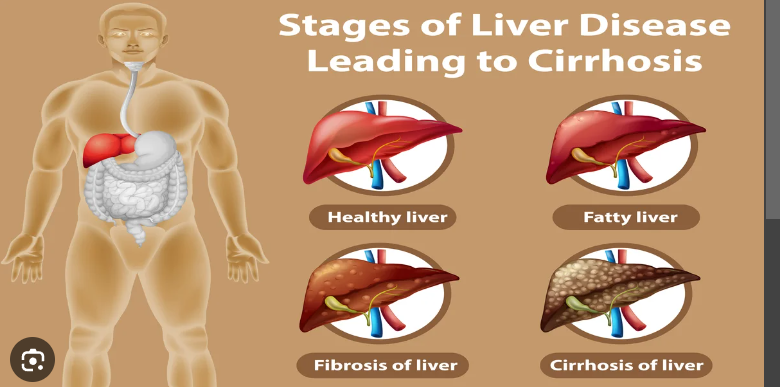
Treatments
Treatment for liver disease depends on the variable causes.
The most significant breakthrough, clinicians say, has been the development of medication that can reverse the potentially deadly effects of hepatitis C. “You can cure 95 to 98% of people with one tablet, once a day for eight to 12 weeks,” Afdhal says. For hepatitis B, there’s also effective medication that typically won’t cure the illness but will put it in remission, Trotter says. Frequently this requires ongoing treatment with antivirals to prevent hepatitis B from causing more severe damage to the liver. In other instances, lifestyle changes may – at least in the best case scenario – be sufficient.
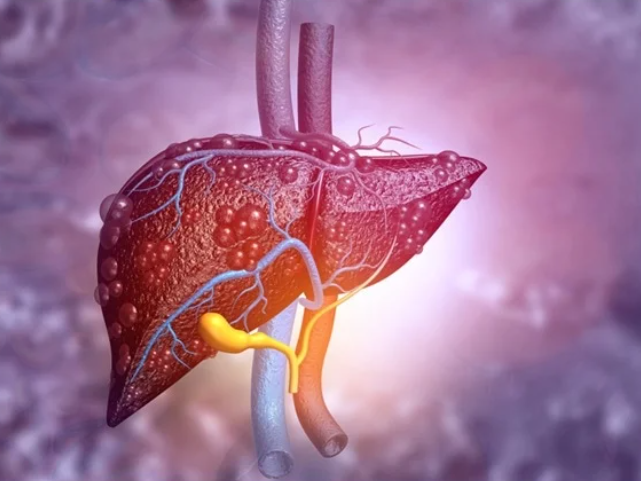
Also read-Hepatitis B : A Patient’s Guide To Hepatitis B And Its Symptoms
images source: Google
Disclaimer: The opinions and suggestions expressed in this article are solely those of the individual analysts. These are not the opinions of HNN. For more, please consult with your doctor.







